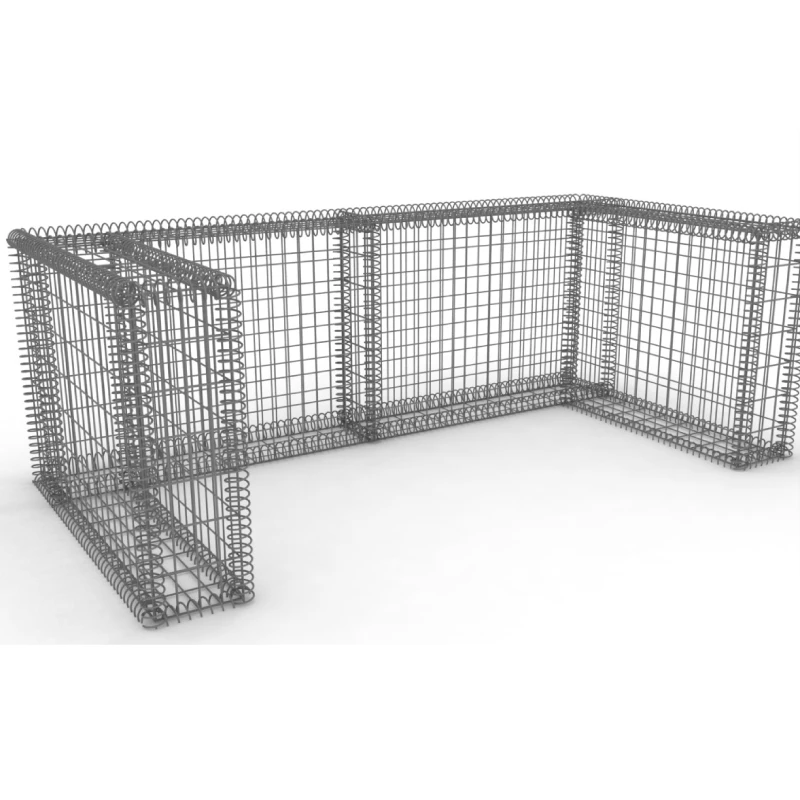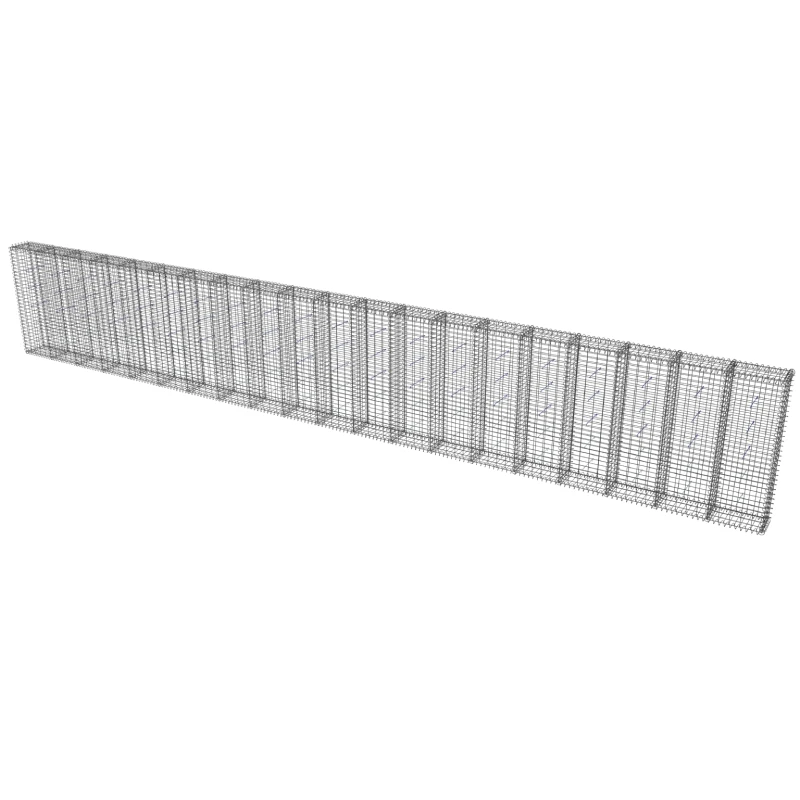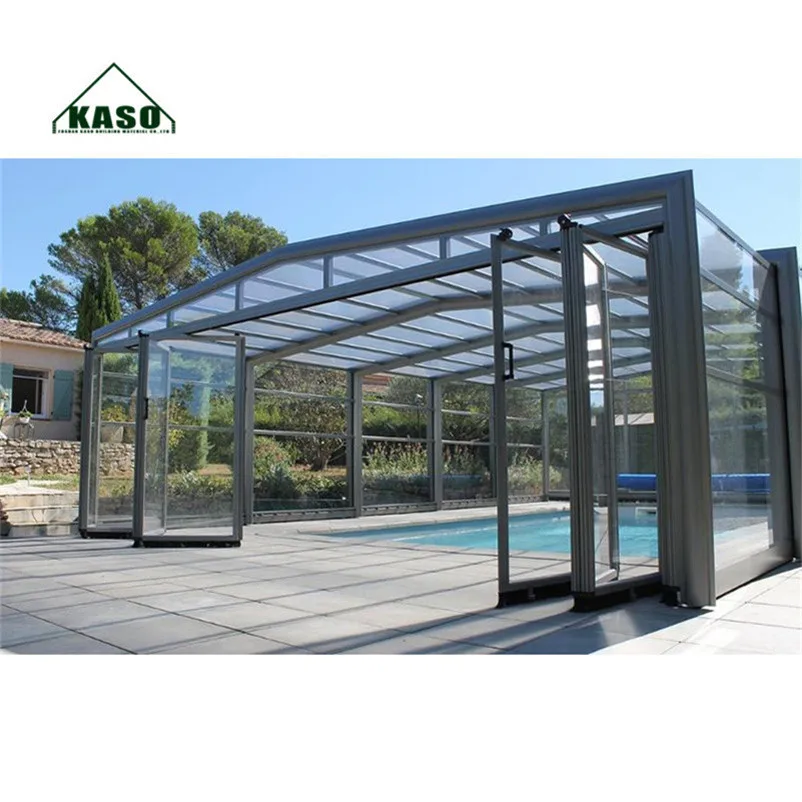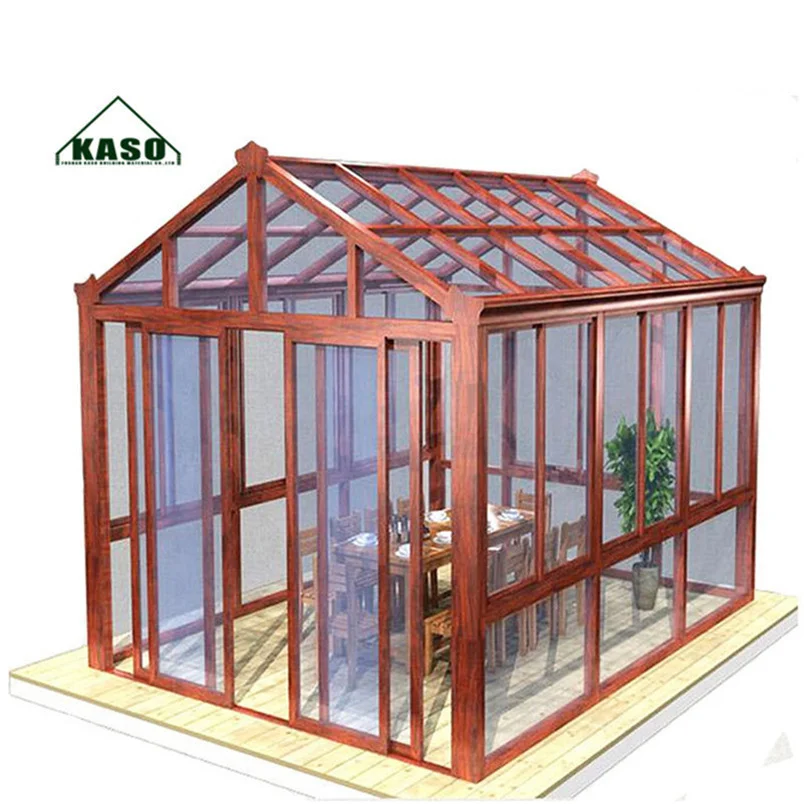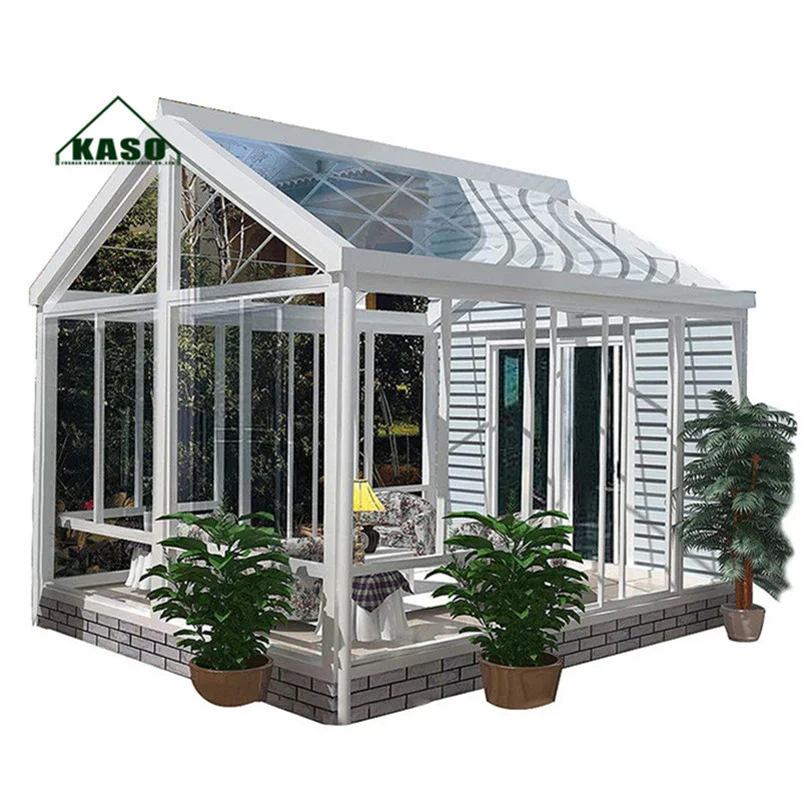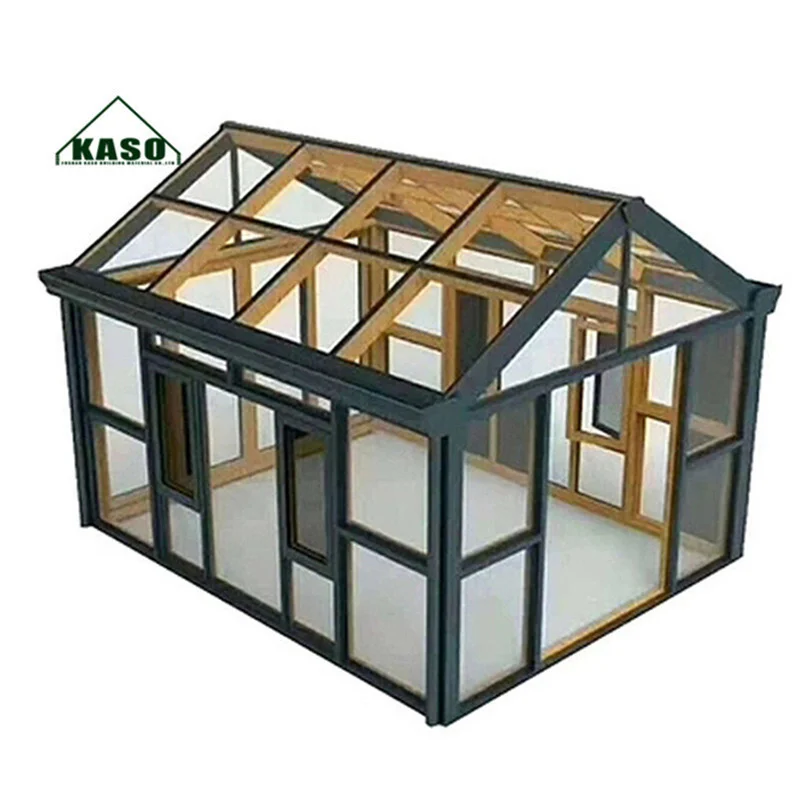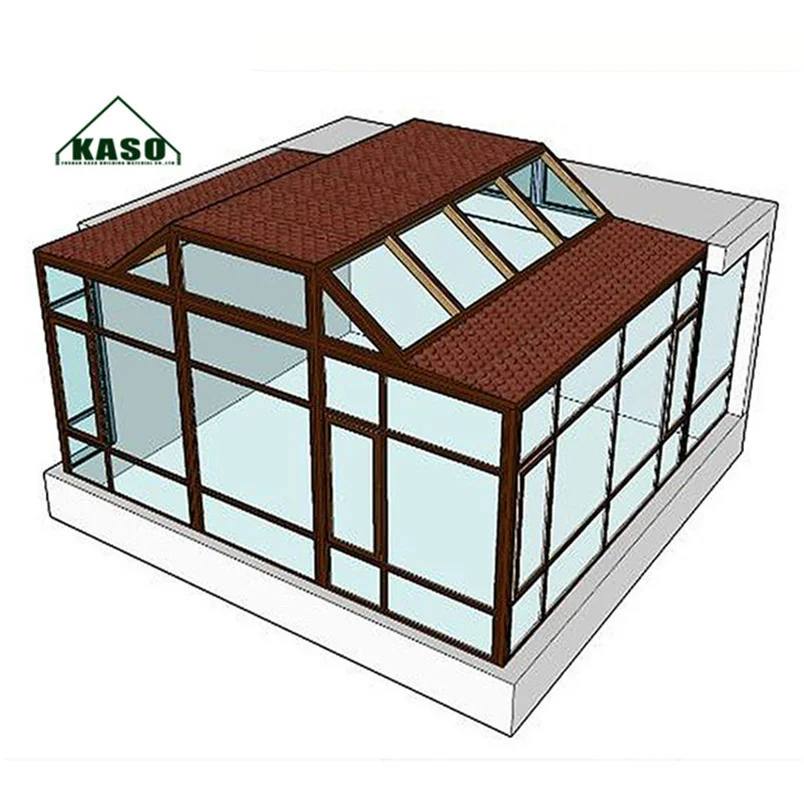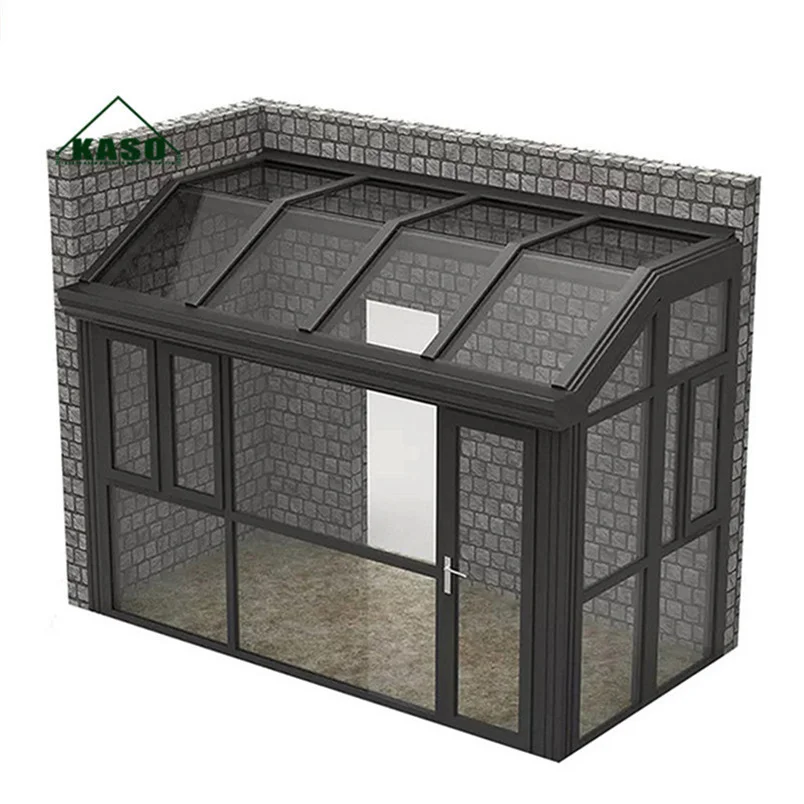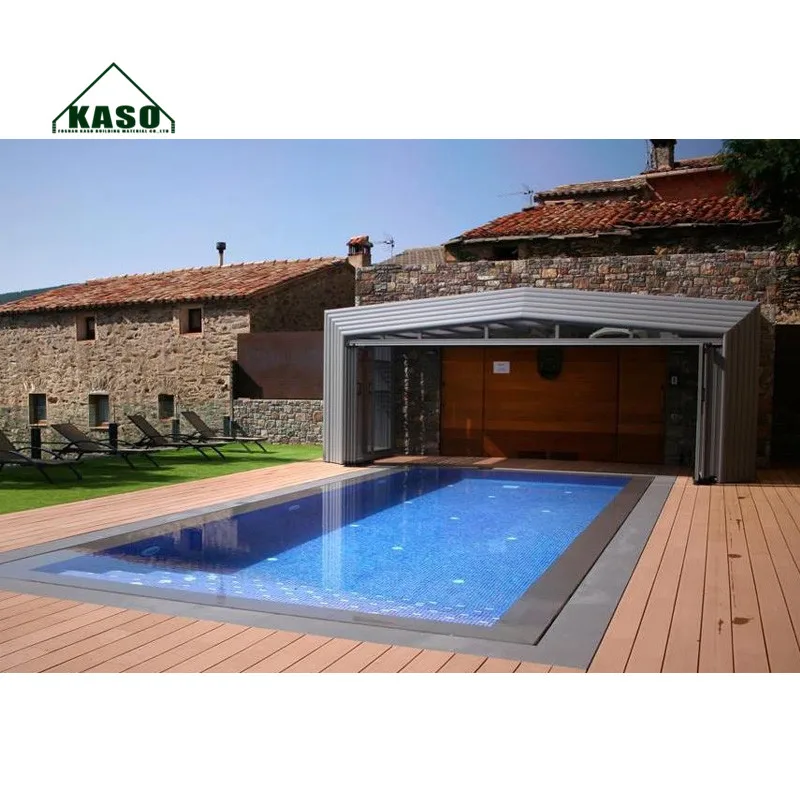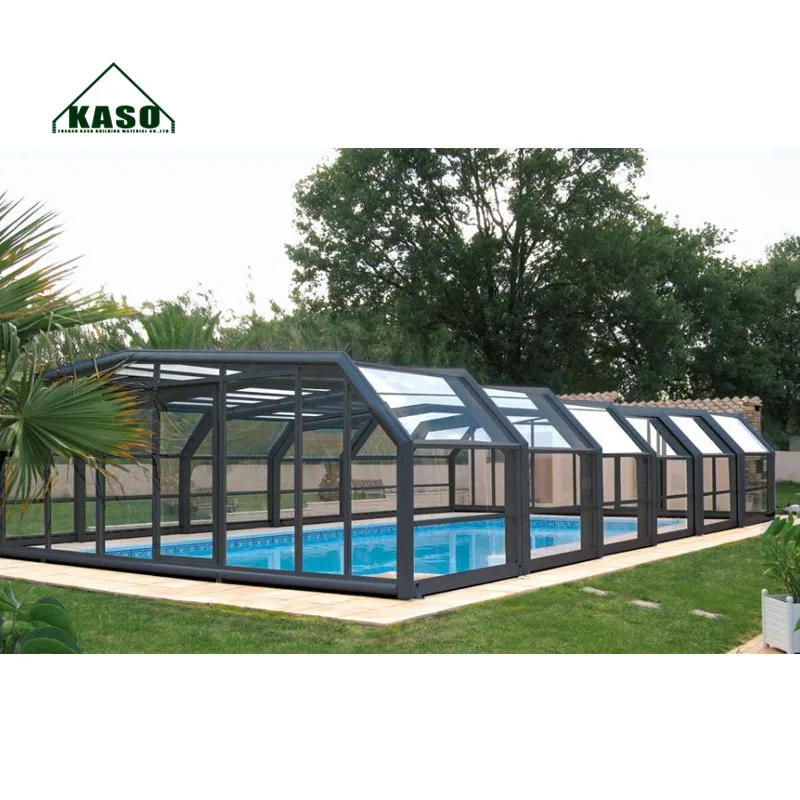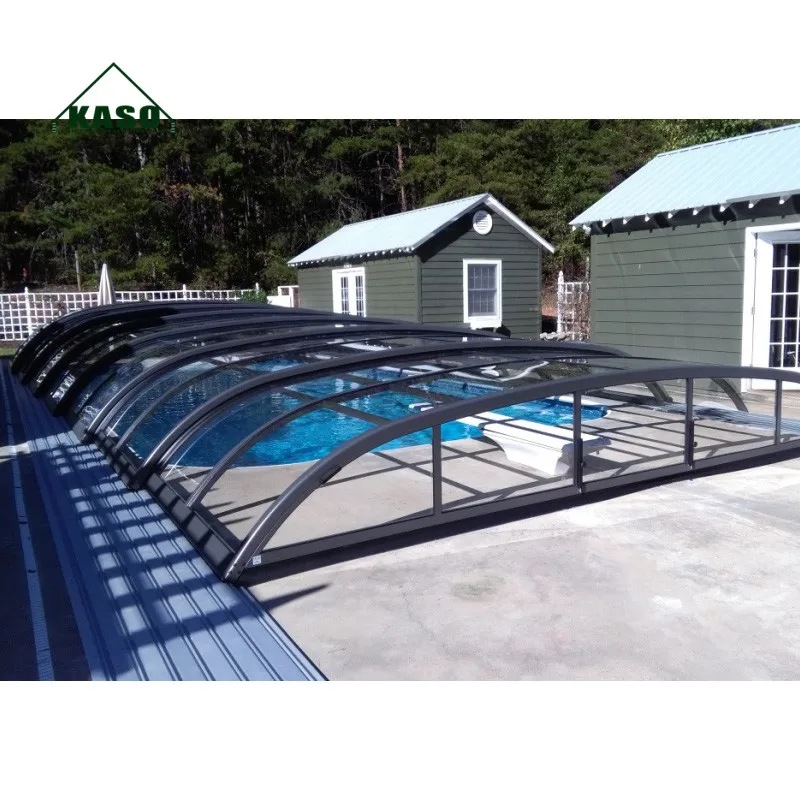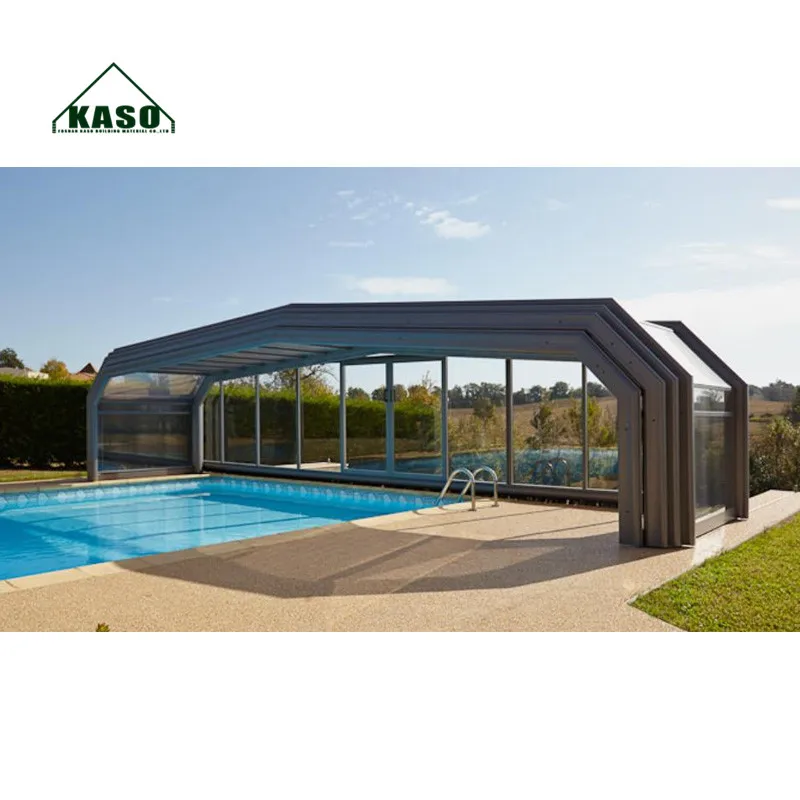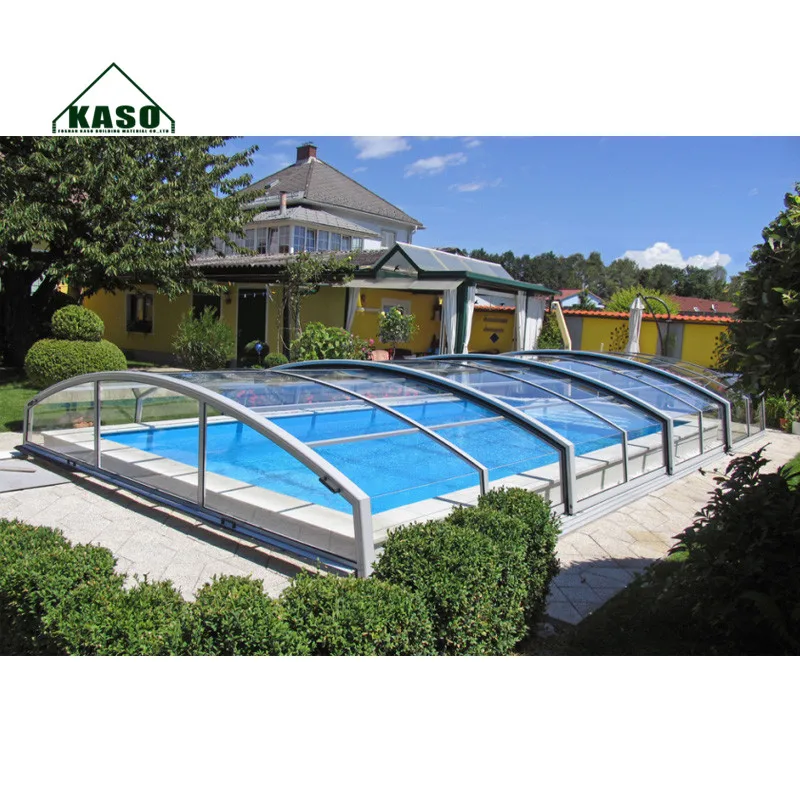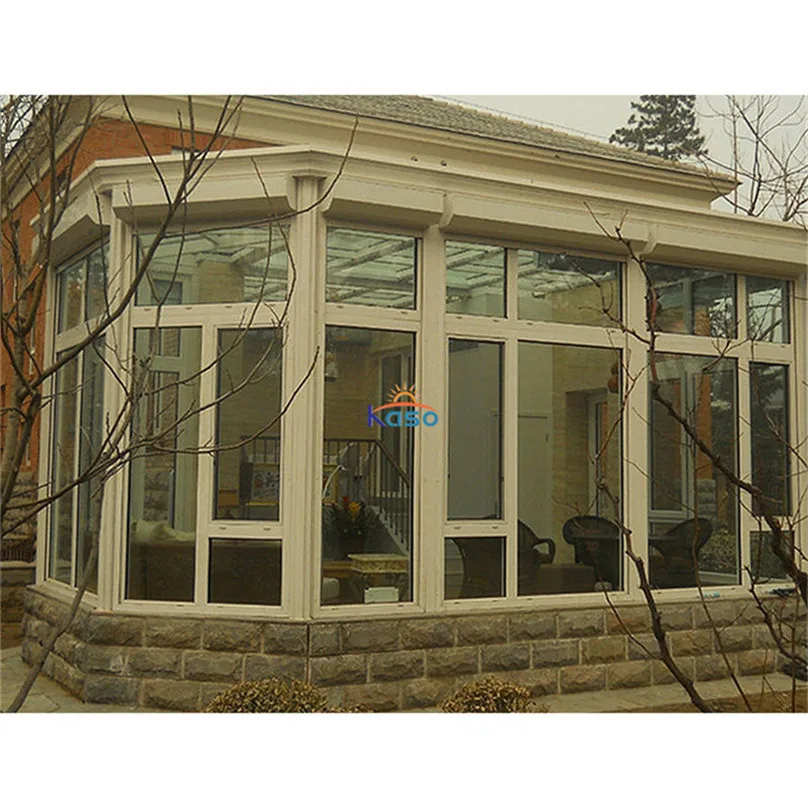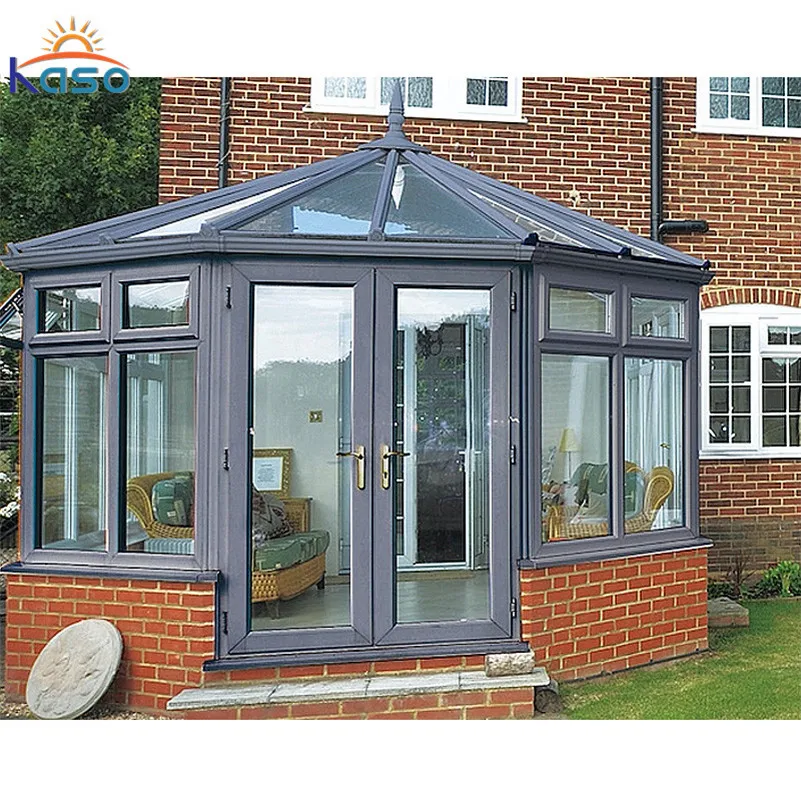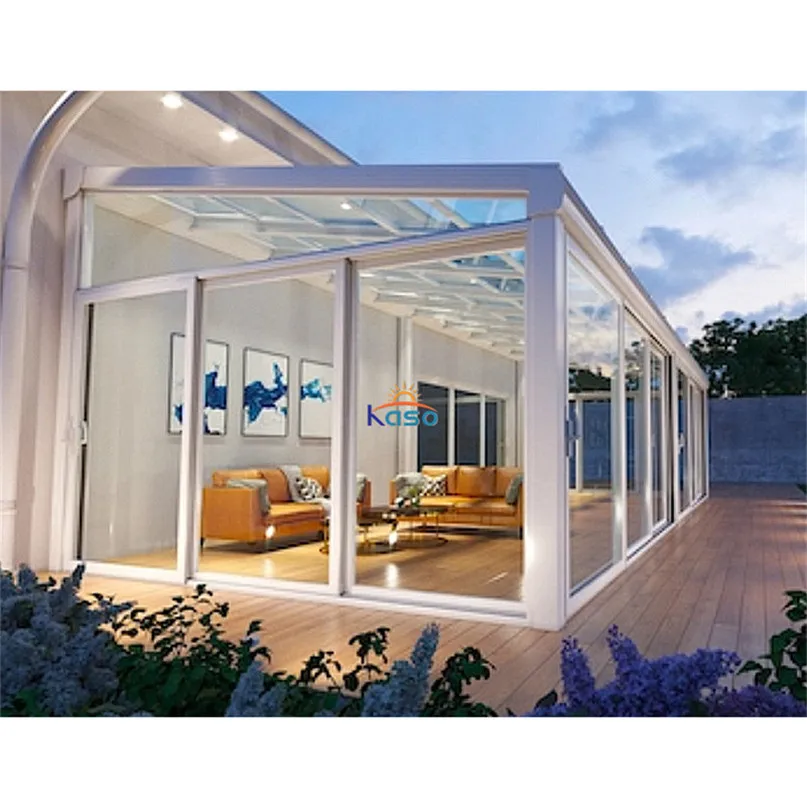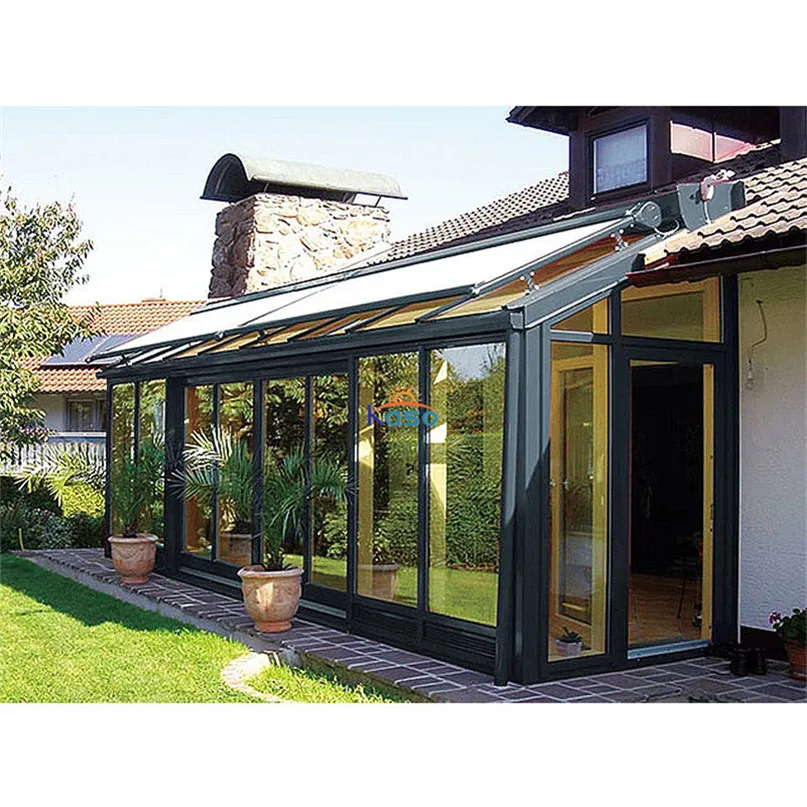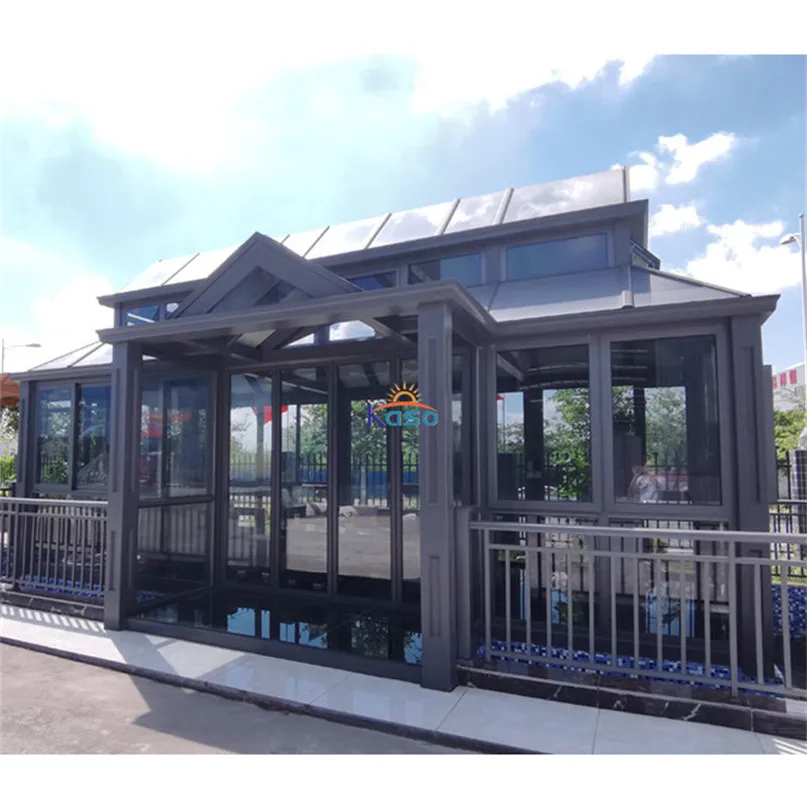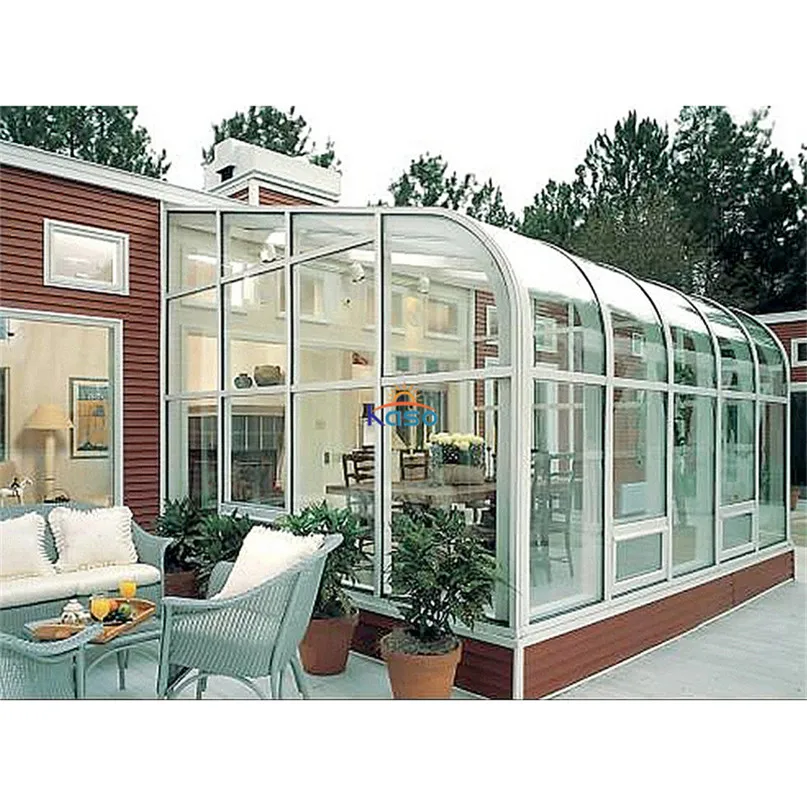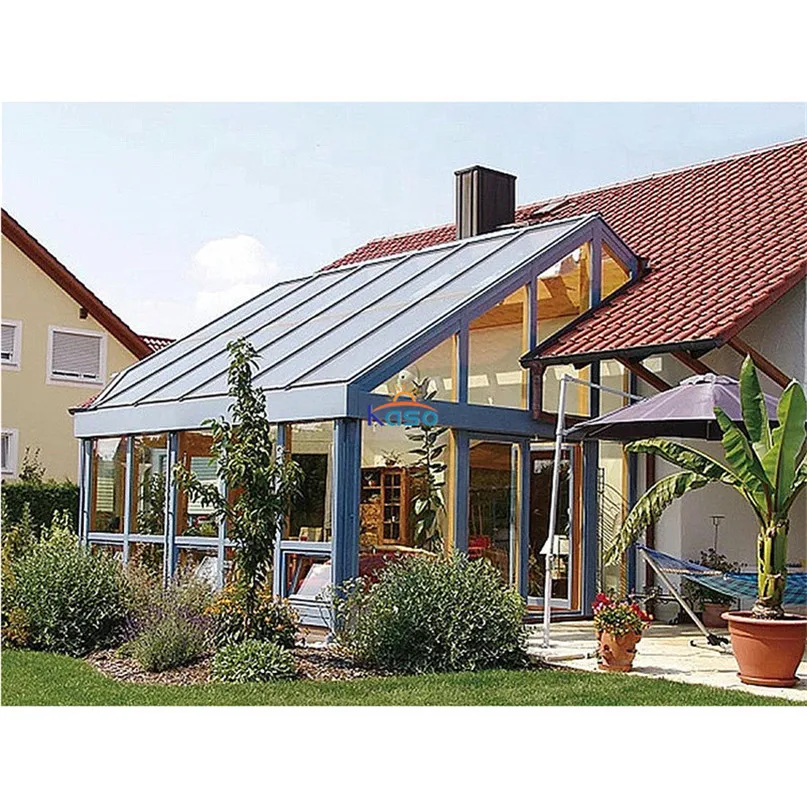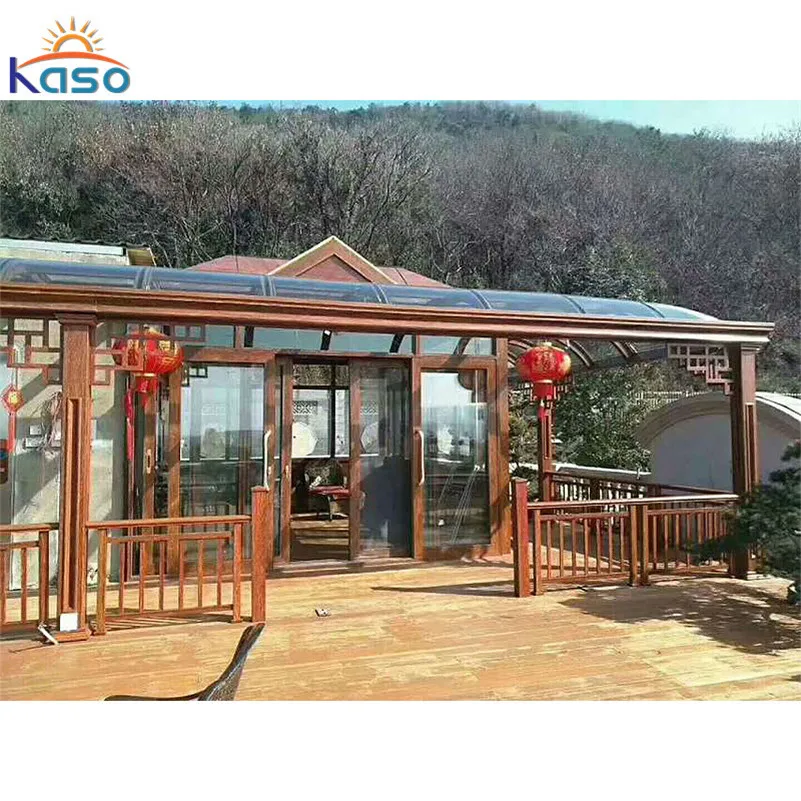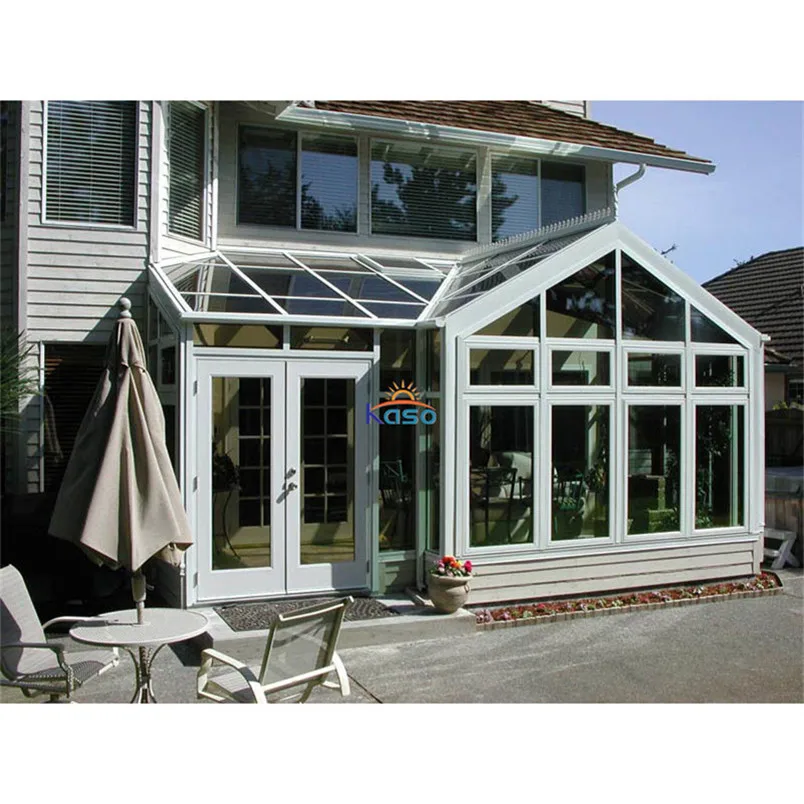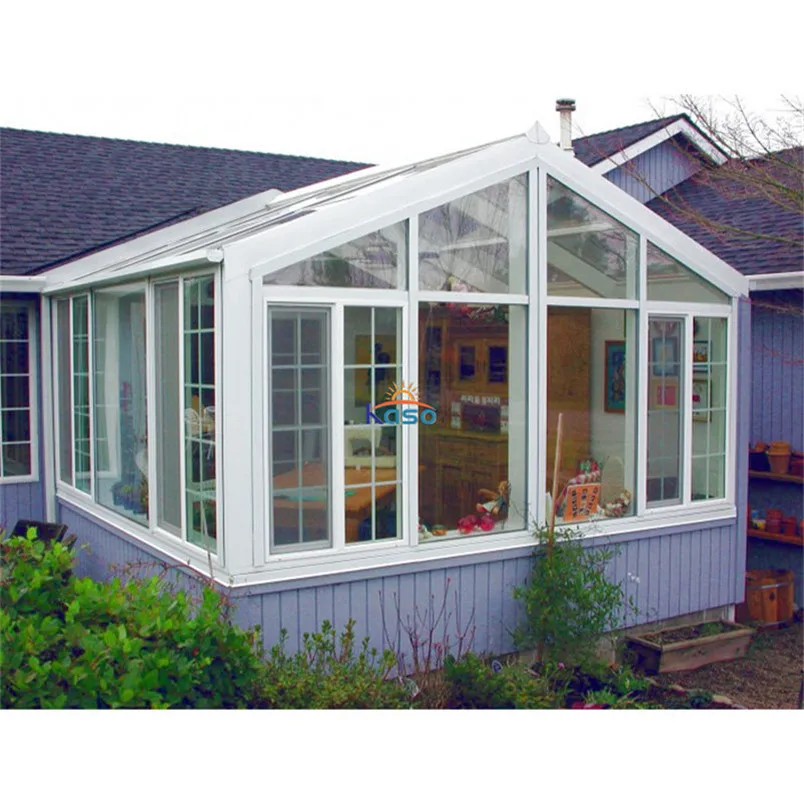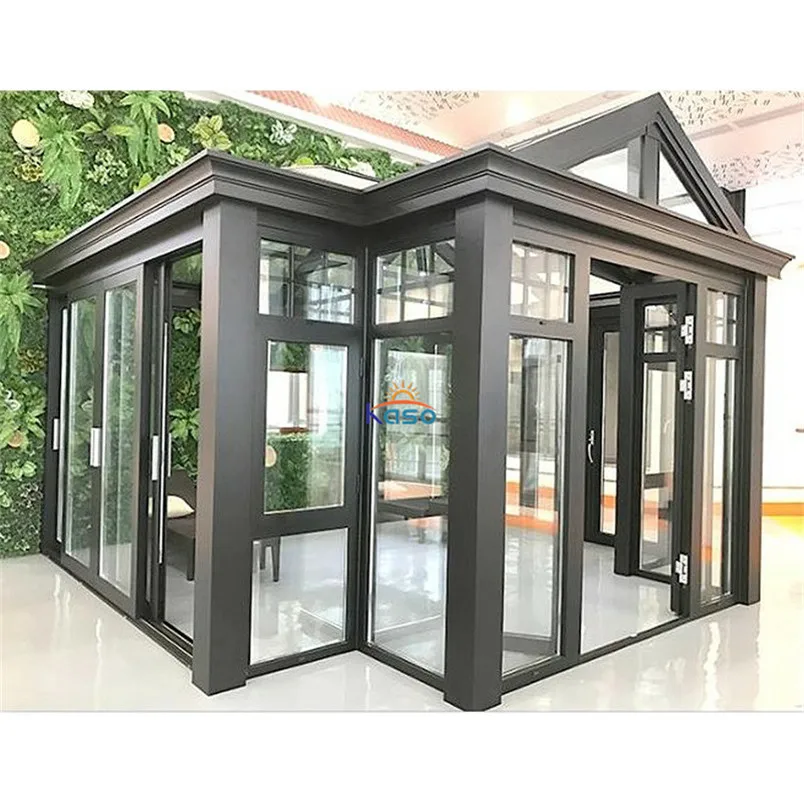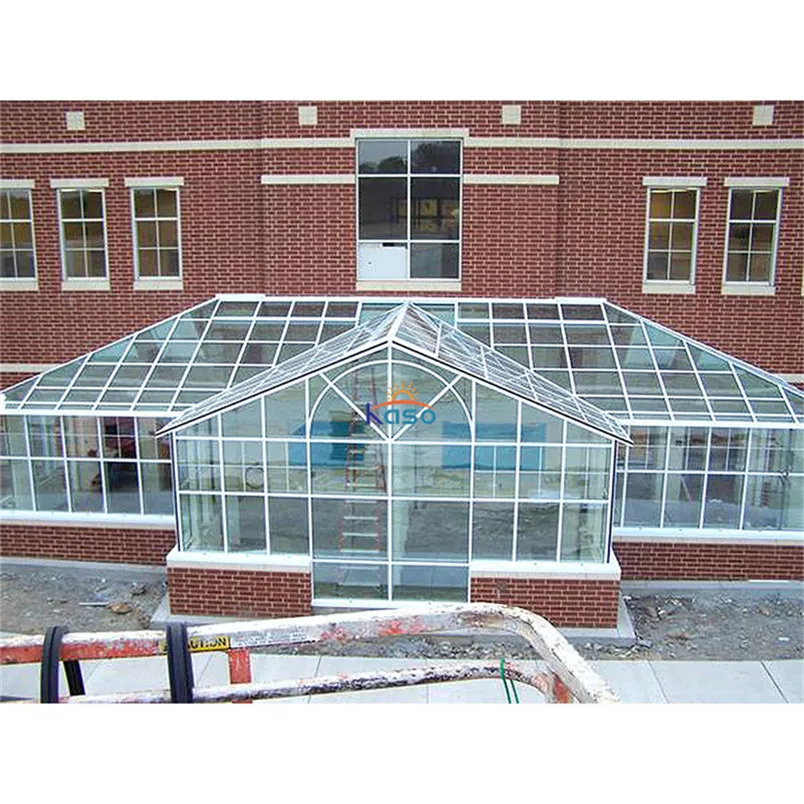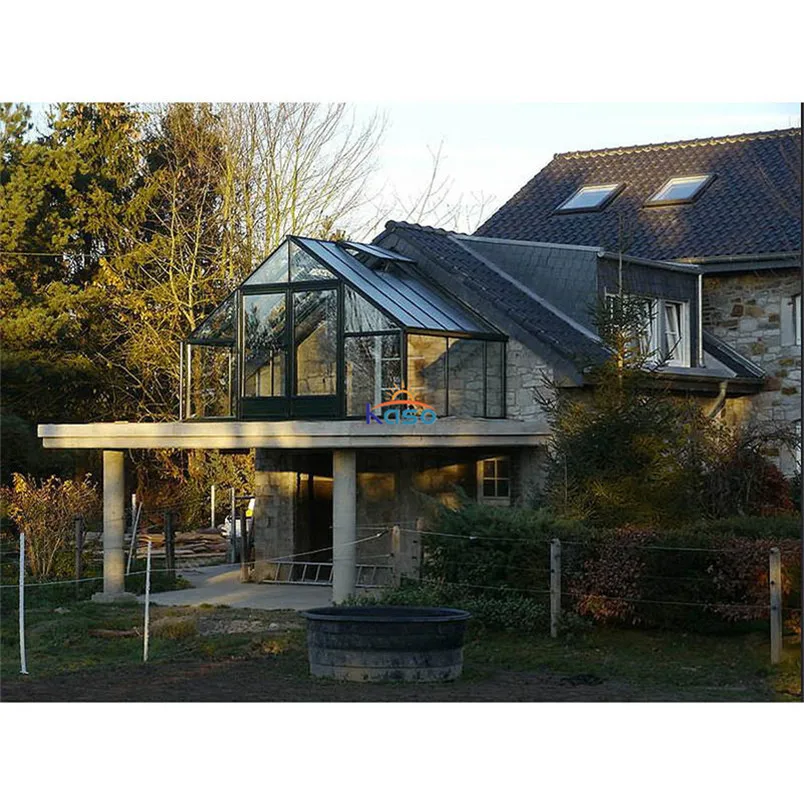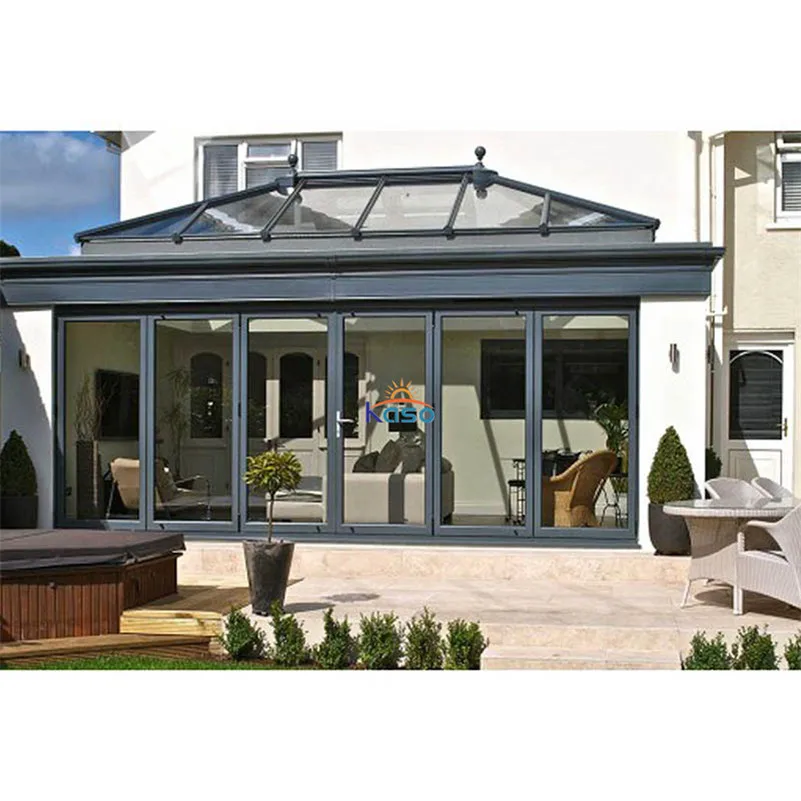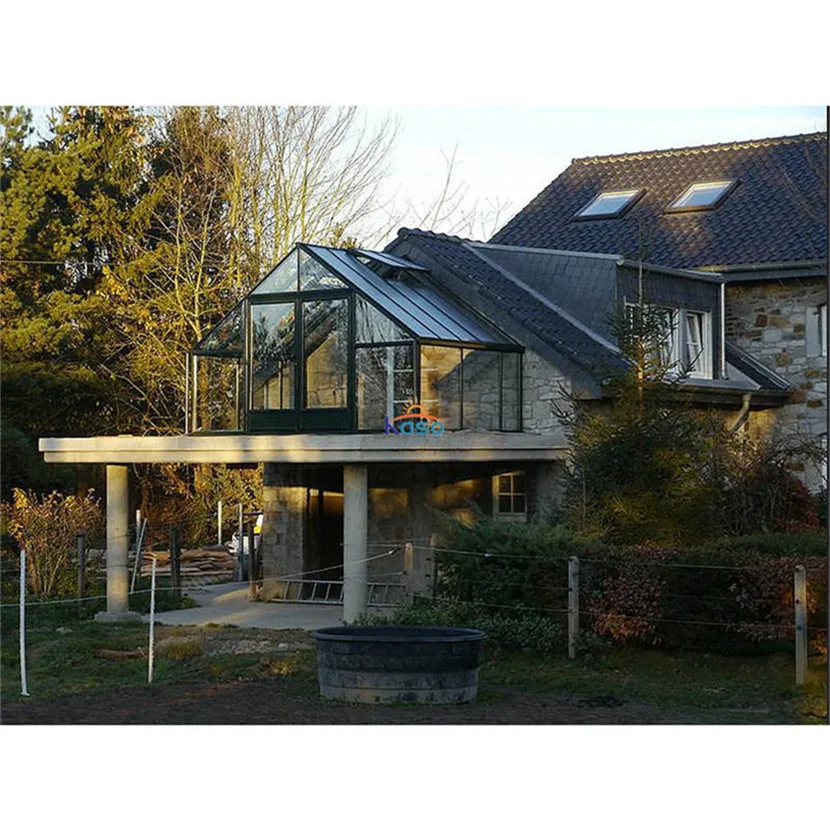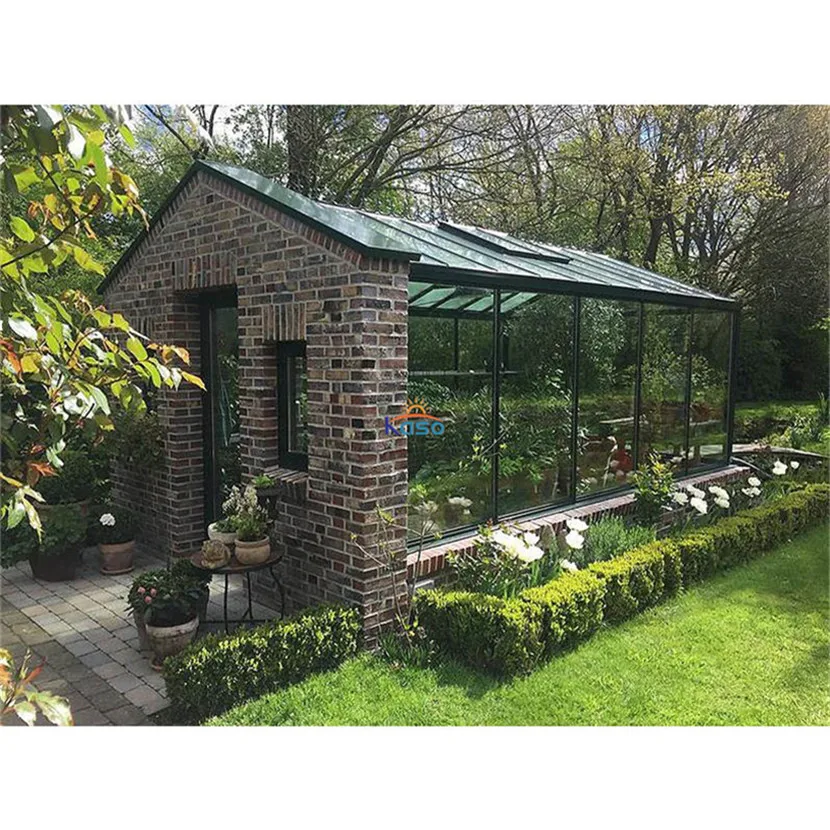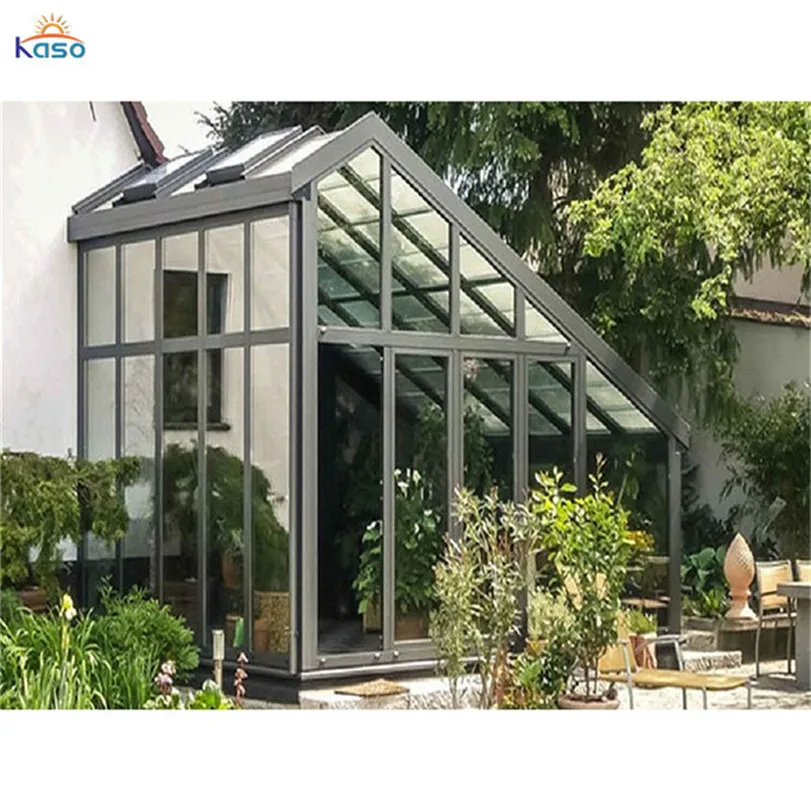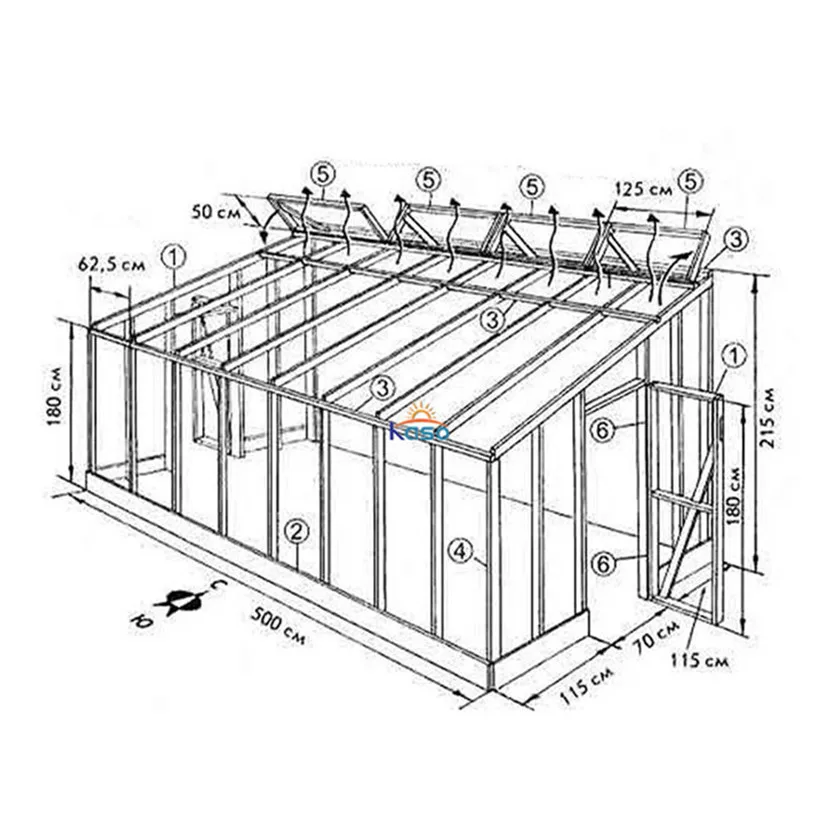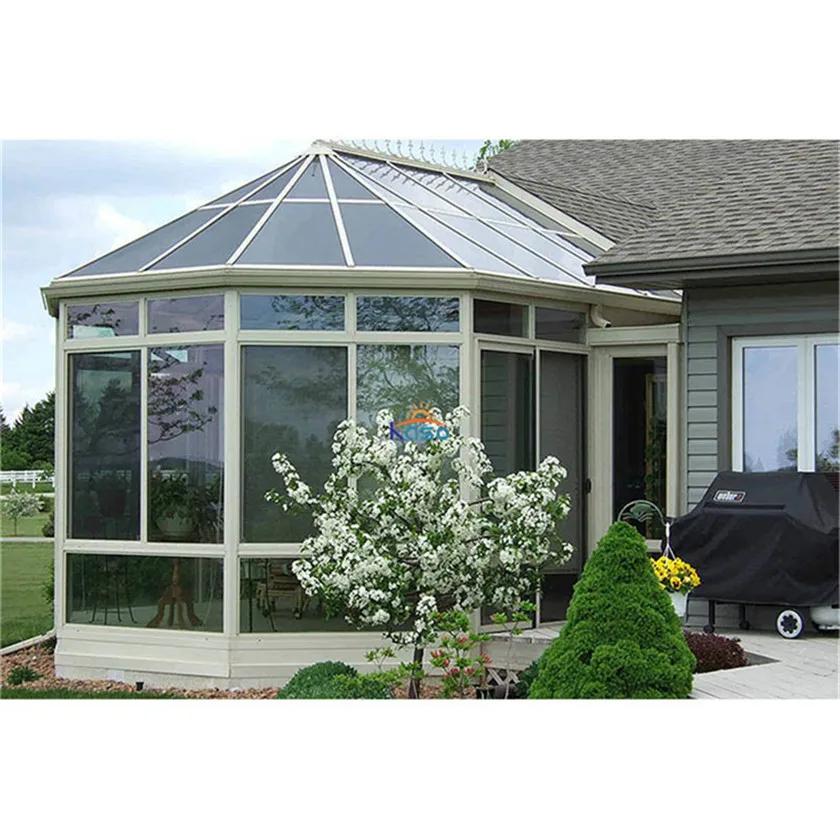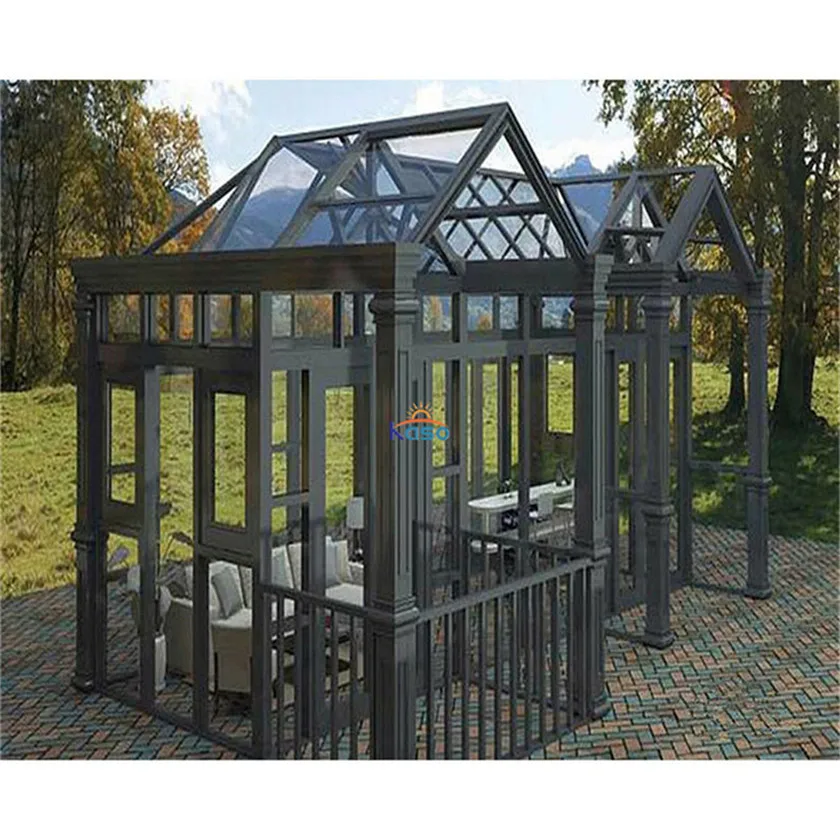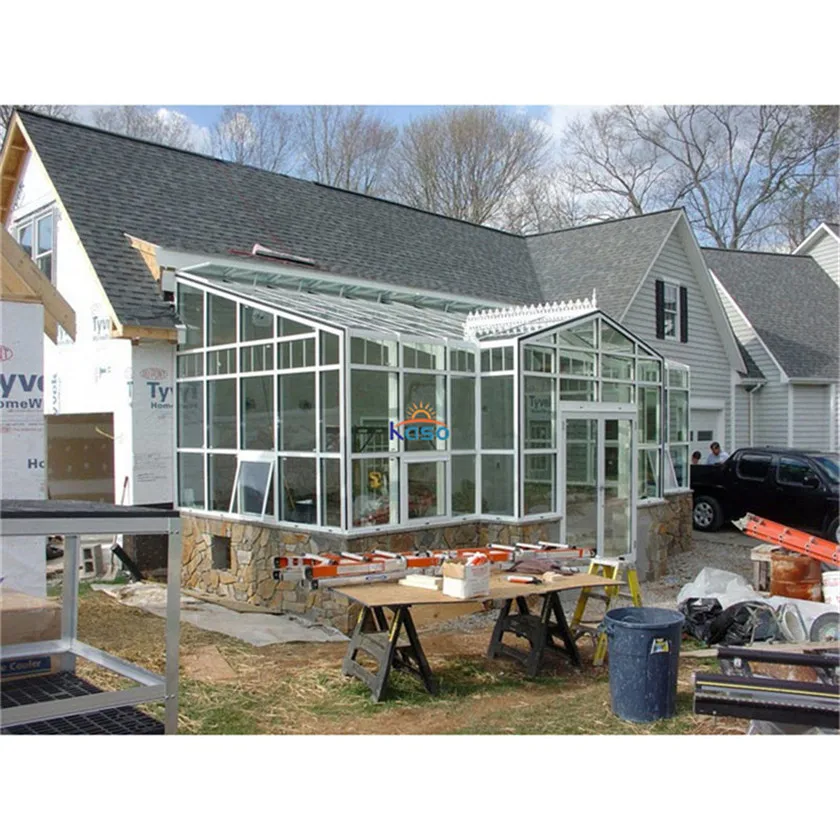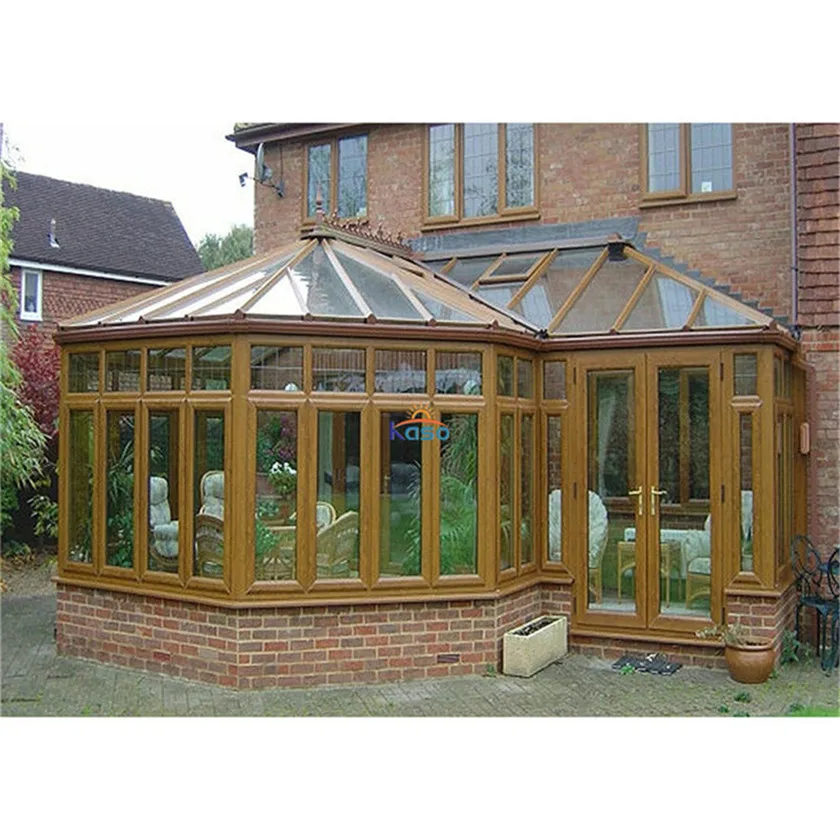Electronics & Instrument Enclosures: A Buyer's Guide for 2025
When it comes to protecting sensitive electrical components, Electronics & Instrument Enclosures play a crucial role. These enclosures safeguard devices from environmental factors like dust, moisture, and physical damage. Whether you're in industrial automation, telecommunications, or energy management, choosing the right enclosure is essential for longevity and performance.
How to Find Reliable Electronics & Instrument Enclosures from China in 2025
Sourcing Electronics & Instrument Enclosures from China can be cost-effective, but quality varies. Here’s how to find trustworthy suppliers:
- Check Certifications: Look for ISO 9001, UL, or CE certifications to ensure compliance with international standards.
- Read Reviews: Platforms like Alibaba provide buyer feedback—prioritize suppliers with high ratings.
- Request Samples: Test product durability and finish before bulk orders.
- Verify MOQs: Ensure minimum order quantities align with your needs.
What Buyers Should Know Before Buying Electronics & Instrument Enclosures from China
Before purchasing, consider these factors:
- Material: Aluminum enclosures are lightweight and corrosion-resistant, while stainless steel offers superior durability.
- IP Ratings: Ingress Protection (IP) ratings indicate resistance to dust and water (e.g., IP65 for outdoor use).
- Customization: Many Chinese suppliers offer tailored solutions for size, color, and mounting options.
- Lead Times: Factor in production and shipping delays, especially post-pandemic.
Types of Electronics & Instrument Enclosures
Common types include:
- Wall-Mount Enclosures: Ideal for control panels and small instruments.
- Rack-Mount Enclosures: Designed for server and network equipment.
- Floor-Standing Enclosures: Used for large industrial systems.
- Waterproof Enclosures: Essential for harsh environments.
Functions and Features of Electronics & Instrument Enclosures
Key features to look for:
- Thermal Management: Ventilation slots or cooling fans prevent overheating.
- EMI Shielding: Protects against electromagnetic interference.
- Locking Mechanisms: Enhances security for sensitive equipment.
- Cable Management: Built-in routing options reduce clutter.
Scenarios of Electronics & Instrument Enclosures
These enclosures are used in:
- Industrial Automation: Housing PLCs and sensors.
- Renewable Energy: Protecting solar inverters and battery systems.
- Telecommunications: Safeguarding network switches and routers.
- Medical Equipment: Ensuring sterile and secure environments.
How to Choose Electronics & Instrument Enclosures
Follow these steps:
- Assess environmental conditions (indoor/outdoor, temperature extremes).
- Determine required IP/NEMA ratings.
- Measure internal space for components.
- Compare materials (aluminum vs. steel vs. polycarbonate).
- Budget for customization if needed.
Electronics & Instrument Enclosures Q & A
Q: What’s the average lifespan of these enclosures?
A: Aluminum enclosures last 10–15 years; stainless steel can exceed 20 years with proper maintenance.
Q: Can I get custom-cut openings for cables?
A: Yes, most suppliers offer laser-cutting services for precise cutouts.
Q: Are Chinese enclosures compatible with European/US standards?
A: Reputable manufacturers adhere to UL, CE, and RoHS standards for global compliance.
Q: How do I clean a stainless steel enclosure?
A: Use mild soap and water; avoid abrasive cleaners to prevent scratching.
Q: What’s the lead time for orders from China?
A: Typically 4–8 weeks, including production and shipping.






